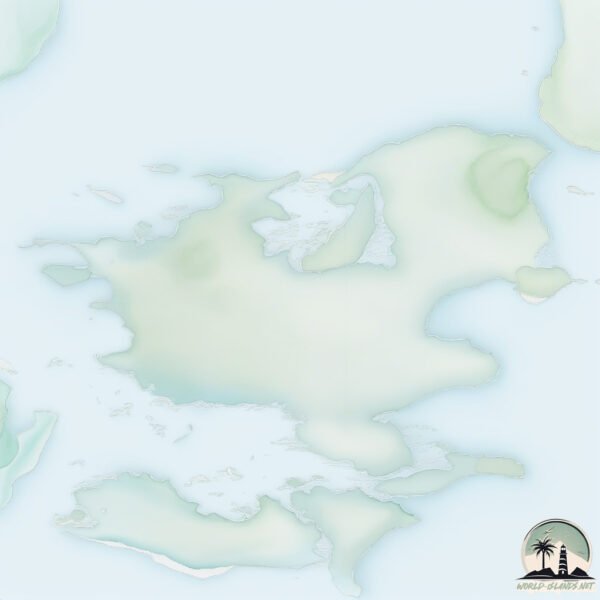Welcome to Zealand , a Temperate island in the Kattegat, part of the majestic Atlantic Ocean. This guide offers a comprehensive overview of what makes Zealand unique – from its geography and climate to its population, infrastructure, and beyond. Dive into the details:
Geography and size of Zealand
Size: 7161 km²Coastline: 1135 kmOcean: Atlantic OceanSea: KattegatContinent: Europe
Zealand is a Very Large Island spanning 7161 km² with a coastline of 1135 km.
Archipel: –
Tectonic Plate: Eurasia – One of the world’s largest tectonic plates, the Eurasian Plate covers a significant portion of Europe and Asia. It’s characterized by diverse geological features, including the Ural Mountains, the European Plain, and the Himalayas formed from its collision with the Indian Plate.
The geographic heart of the island is pinpointed at these coordinates:
Climate and weather of Zealand
Climate Zone: TemperateClimate Details: Temperate Oceanic ClimateTemperature: Warm Summer
Climate Characteristics: Known for its moderate year-round temperatures with ample rainfall and no dry season. Warm summers are characteristic.
Topography and nature of Zealand
Timezone: UTC+01:00Timezone places: Europe/ParisMax. Elevation: 116 m Mean Elevation: 25 mVegetation: Cultivated LandTree Coverage: 26%
The mean elevation is 25 m. The highest elevation on the island reaches approximately 116 meters above sea level. The island is characterized by Plains: Flat, low-lying lands characterized by a maximum elevation of up to 200 meters. On islands, plains are typically coastal lowlands or central flat areas.
Dominating Vegetation: Cultivated Land
Vegetation: 13 vegetation zones – Exceptionally Diverse Island
Infrastructure and Travelling to Zealand
Does the island have a public airport? yes .
Does the island have a major port? yes .
The mean population of Zealand is 366 per km². Zealand is Moderately Inhabited. The island belongs to Denmark .
The name of the island resonates across different cultures and languages. Here is how it is known around the world: Arabic: زيلاند; German: Seeland; Spanish: Selandia; French: Seeland; Portuguese: Zelândia; Russian: Зеландия; Chinese: 西蘭島
Continuing your journey, Bogø is the next notable island, situated merely km away.
The Bay of Islands, New Zealand - The most BEAUTIFUL place in the world
The Bay of Islands is absolutely stunning. A total of 144 islands make up this archipelago paradise and you have to see it, ...
The Bay of Islands, New Zealand - The most BEAUTIFUL place in the world
The Bay of Islands is absolutely stunning. A total of 144 islands make ...
The Bay of Islands is absolutely stunning. A total of 144 islands make up this archipelago paradise and you have to see it, ...
Auckland Island: New Zealand’s Subantarctic Gem
Discover the untamed beauty of Auckland Island, part of New Zealand's ...
Discover the untamed beauty of Auckland Island, part of New Zealand's subantarctic islands! This remote and rugged destination ...
Top Places To Visit in New Zealand's SOUTH ISLAND | New Zealand Travel Guide
NEW ZEALAND SOUTH ISLAND | 7 Incredible Must-Visit Destinations in the ...
NEW ZEALAND SOUTH ISLAND | 7 Incredible Must-Visit Destinations in the South Island of New Zealand. In this New Zealand ...
Denmark is classified as Developed region: nonG7: Developed economies outside of the Group of Seven, characterized by high income and advanced economic structures. The level of income is High income: OECD.
News – Latest Updates and Headlines from Zealand
Stay informed with the most recent news and important headlines from Zealand. Here’s a roundup of the latest developments.
Loading...
Social Media Posts about Zealand
Loading...
Please note: The data used here has been primarily extracted from satellite readings. Deviations from exact values may occur, particularly regarding the height of elevations and population density. Land area and coastline measurements refer to average values at mean high tide.

